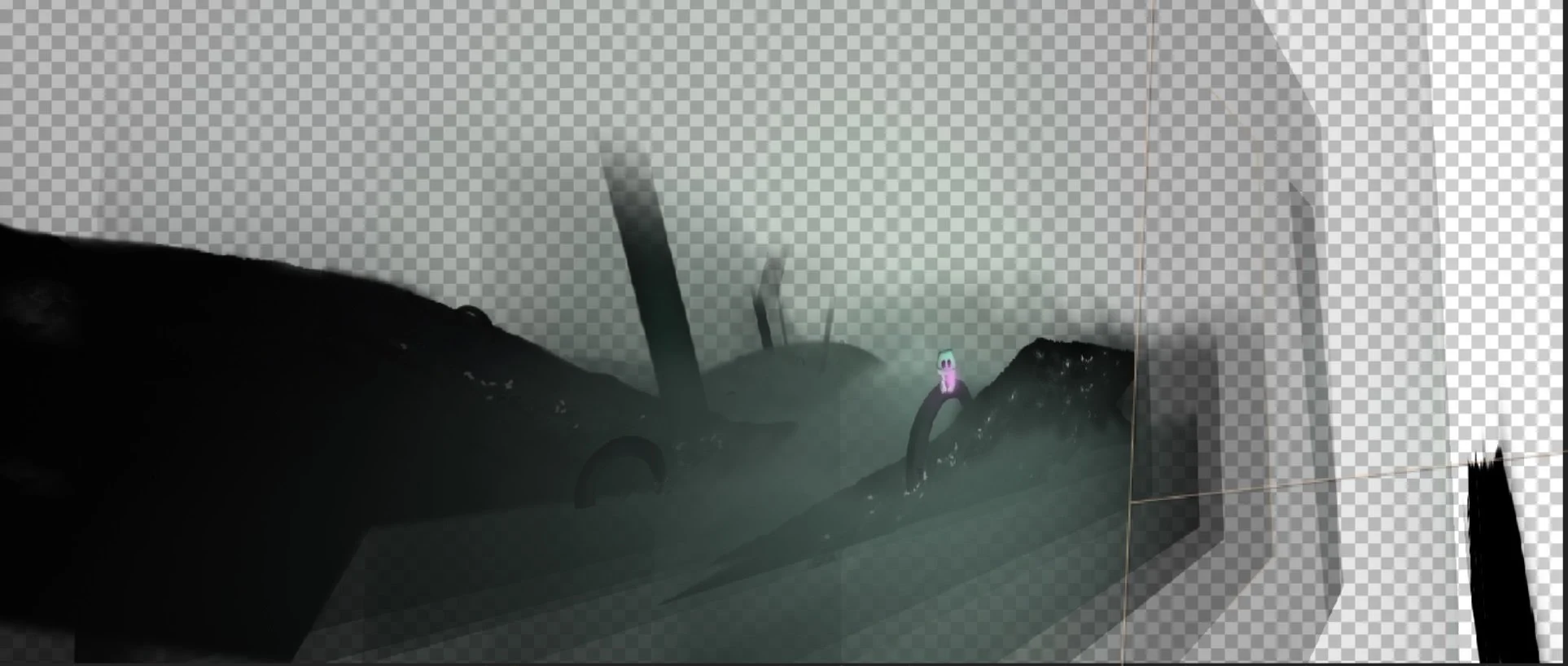STEP ONE: PRE PRODUCTION
CONCEPT DEVELOPMENT. STORY STRUCTURE.
SCRIPT WRITING. CHARACTER DEVELOPMENT.
WORLD BUILDING. STORYBOARDING. PREVISUALIZATION.
CHARACTER DESIGN
STORYBOARDS
ASSETS DESIGN
STYLE FRAMES
STEP TWO: PRODUCTION
ASSETS ANIMATION. RECORDING OF NARRATION.
CAMERA MOVEMENTS. SCENE TRANSITION.
CHARACTER RIGGING. CHARACTER ANIMATION
SCENE CONSTRUCTION
CHARACTER CONSTRUCTION






































